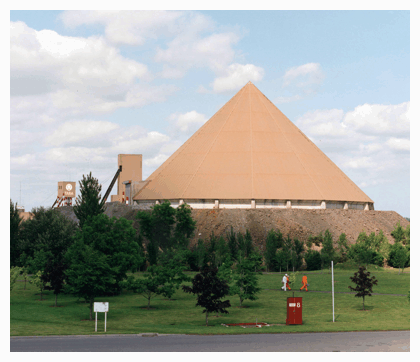
Geology and Mineral Potential
 Ireland has a diverse geology for its relatively small size (70,000 km2), that is prospective for a range of mineral deposits. The Lower Carboniferous carbonate rocks of the Irish Midlands host one of the great orefields of the world. Since 1960, 14 significant (resource >1Mt) zinc-lead deposits have been discovered, including the world class orebody at Navan (>100Mt). Ireland is globally ranked first in terms of zinc discovered per km2, and second with respect to lead. High grades, shallow occurrences and clean metallurgy of orebodies, all result in a relatively low cost of mining for the Irish-type Zn-Pb deposits.
Ireland has a diverse geology for its relatively small size (70,000 km2), that is prospective for a range of mineral deposits. The Lower Carboniferous carbonate rocks of the Irish Midlands host one of the great orefields of the world. Since 1960, 14 significant (resource >1Mt) zinc-lead deposits have been discovered, including the world class orebody at Navan (>100Mt). Ireland is globally ranked first in terms of zinc discovered per km2, and second with respect to lead. High grades, shallow occurrences and clean metallurgy of orebodies, all result in a relatively low cost of mining for the Irish-type Zn-Pb deposits.
Large tracts of Ireland are underlain by metasediments and metavolcanics of Proterozoic and Lower Palaeozoic age. These lithologies are known to contain significant VMS mineralization (e.g. Avoca, 16Mt @ 0.6% Cu) and auriferous mesothermal quartz veins. The latter style of mineralization has recently been the focus of extensive exploration efforts across the island of Ireland and in 1999, an opencast gold mine associated with shear-hosted quartz veins, was established at Cavanacaw in Northern Ireland (2Mt @ 6.9g/t Au).
In addition to its gold and base metal potential, Irelands varied geological framework render it prospective for a number of other commodity types. In the last few years, exploration has been undertaken for the following commodities:
- PGM mineralization associated with mafic intrusive complexes in northeast Ireland.
- REE and speciality metals (Li, Ta, W, Sn) associated with pegmatites that cross-cut the Caledonian Leinster granite batholith in southeast Ireland.
- Nickel and chromite associated with ultramafic intrusions in the west of Ireland
- Diamonds and other gemstones associated with Pre-Cambrian rocks in Donegal, in the northern most part of Ireland.
Ireland also has significant potential for industrial minerals. Gypsum, dolomite, brick shale, fireclay and dimension stone (marble, granite and limestone) are all currently exploited in Ireland and significant deposits of barite, coal, mineral sands and talc have also been delineated.
